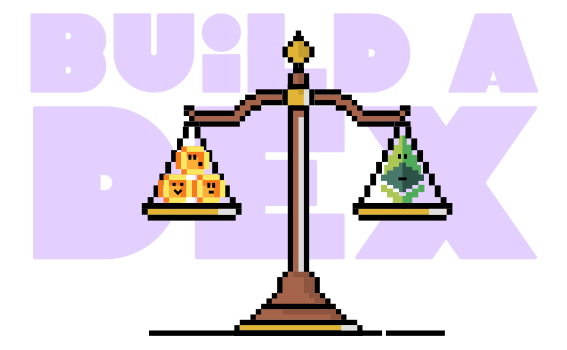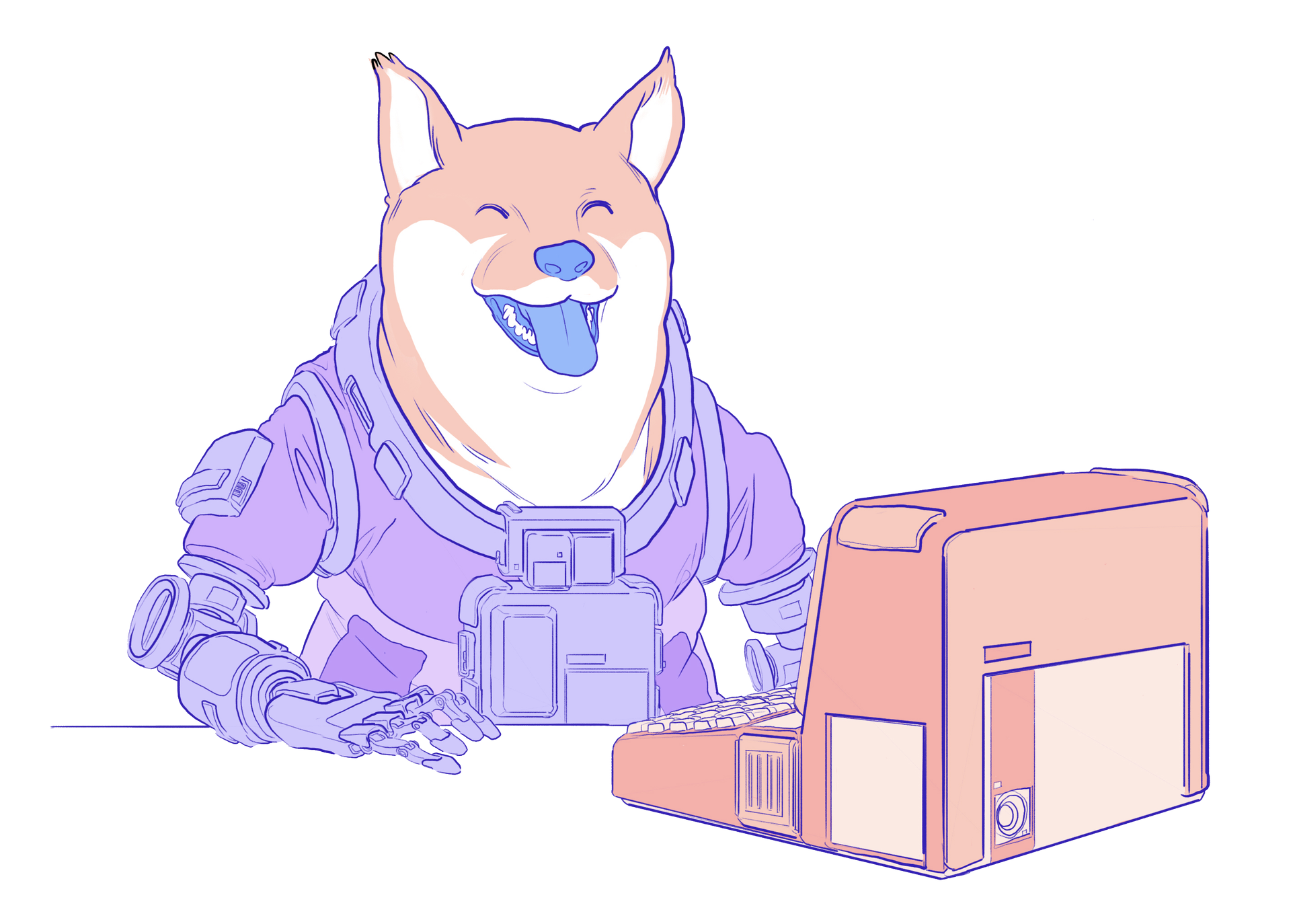What do you want to build today?
Everything you need to learn and build your first apps on Ethereum

DEX
Build a simple automated market maker, provide liquidity, and implement token swaps.

Challenges and mentorship
Receive mentorship from others, and learn how to collaborate with fellow developers.
SpeedRun EthereumGet paid well. Stay remote. Build the future.
Over half of blockchain careers are remote-first with some estimates putting the number as high as 70%.
Money you can program
Write code that defines how value moves, when, and to whom. No banks, no intermediaries, just logic you define.
Future-proof skills
Learn the building blocks of the next internet. The tech might evolve, but the principles of web3 are here to stay.
Censorship resistance
Build projects and commerce that can't be silenced by governments, corporations, or algorithms. If it matters, it stays online.
Digital sovereignty
Own your identity, assets, and creations online without relying on platforms that can delete you.
Helpful developer resources

Quickstart your idea
Bootstrap your Ethereum app stack in seconds. Read Scaffold-ETH 2

Resources
Want to experiment first, ask questions later? Check sandboxes, bootcamps etc.

Tutorials
Learn Ethereum development step-by-step from builders who have already done it.
Video courses
Want to kickstart your professional career in blockchain? These courses will prepare you to get hired as blockchain developer.

Blockchain basics
Learn how blockchains and smart contracts work, create a wallet, and sign your first transaction.

Solidity smart contract development
Solidity Programming is your gateway to web3 development in Ethereum compatible ecosystems.

Foundry fundamentals
Level up your Solidity development skills with Foundry and advanced web3 development concepts and tools.

Advanced foundry
Master web3 development techniques with Advanced Foundry for Solidity smart contract development.

Smart contract security
Start your career as a smart contract security researcher! Learn smart contract auditing and the best practices.
Explore the documentation
Understand the core concepts of Ethereum and blockchains
Introductions
Intro to EthereumAn introduction to blockchain and Ethereum
Intro to EtherAn introduction to cryptocurrency and Ether
Intro to dappsAn introduction to decentralized applications
Intro to the stackAn introduction to the Ethereum stack
Web2 vs Web3How the web3 world of development is different
Programming languagesUsing Ethereum with familiar languages
Fundamentals
AccountsContracts or people on the network
TransactionsThe way Ethereum state changes
BlocksBatches of transactions added to the blockchain
The Ethereum virtual machine (EVM)The computer that processes transactions
GasEther needed to power transactions
Nodes and clientsHow blocks and transactions are verified in the network
NetworksAn overview of Mainnet and the test networks
The stack
Smart contractsThe logic behind dapps – self-executing agreements
Development frameworksTools for helping speed up development
JavaScript librariesUsing JavaScript to interact with smart contracts
Backend APIsUsing libraries to interact with smart contracts
Block explorersYour portal to Ethereum data
Smart contract securitySecurity measures to consider during development of smart contracts
StorageHow to handle dapp storage
Development environmentsIDEs that are suitable for dapp development
Join hackathons
Hackathons are great opportunities to network and learn from others as well as start projects and earn prizes
Are you a founder?
Have a project idea already or working on a prototype? Explore how to take your project to the next step. We can connect you with relevant organizations and experts in the field.




